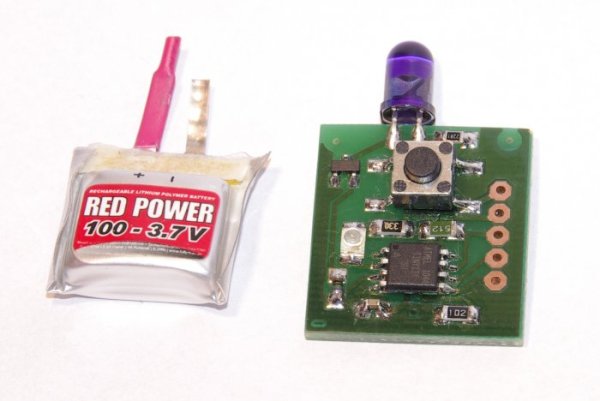
Pull out your old Fritzing designs, or churn out a new one, and you might be able to win one of these prizes. Fritzing is looking for the top three designs which will receive these prizes. On the left is a Fritzing super upgrade kit with goodies like a Character LCD, DC motor and driver IC, shift register, LEDs, and buttons. In the middle is a free PCB from your design (they’ve started their own service to us Fritzing for board layout). Third prize is a motor driver breakout module for breadboard use.
You can get an idea of what others are submitting by poking around their project pages. You’ve got a bit more than a week to get your designs in for consideration. Their deadline is on Sunday, December 18th, 2011.
If this stuff doesn’t interest you, don’t forget to try your luck with 2012 Free Day!
















